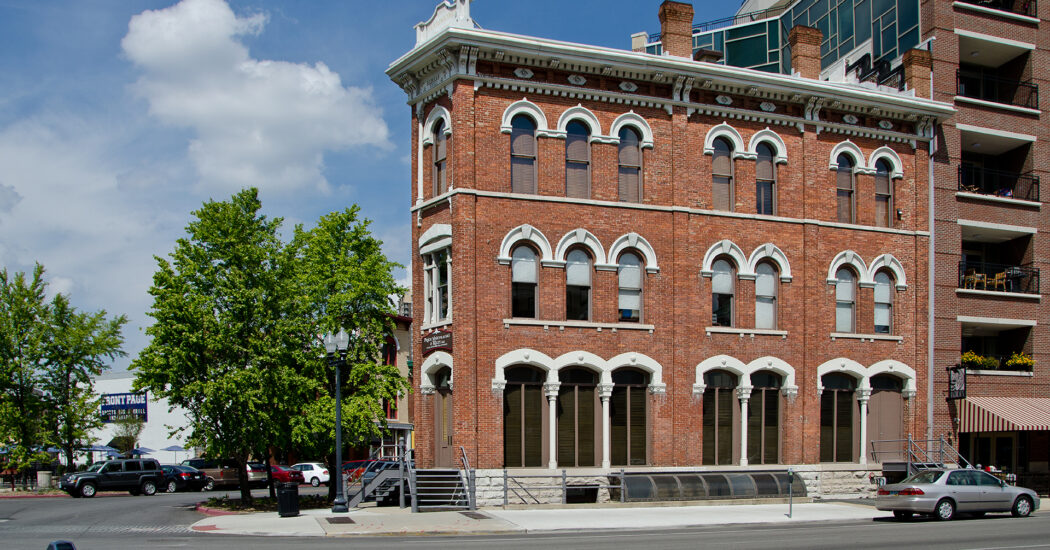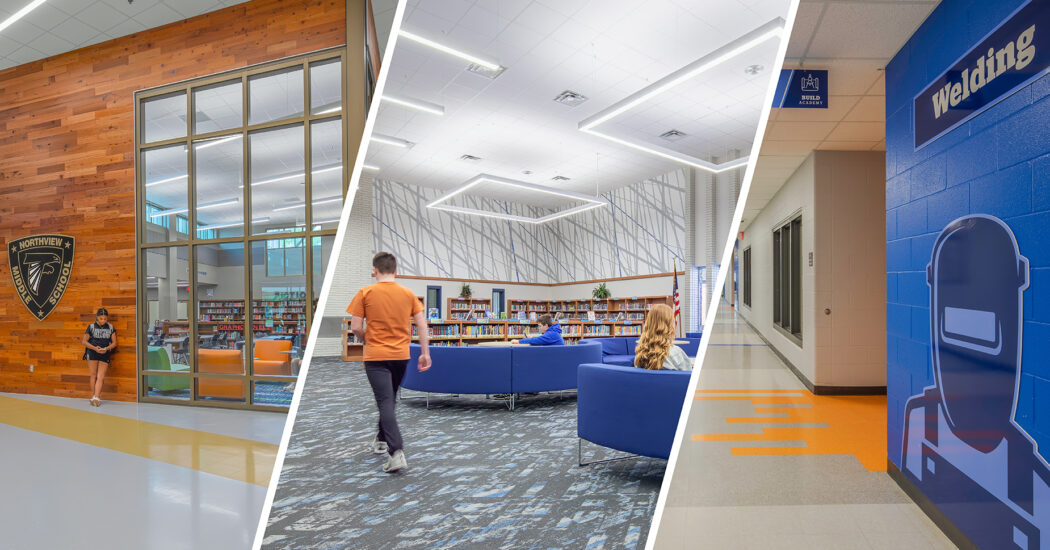Does Your School Really Need New Construction?
-
Category
Studio-K12, Innovation -
Posted By
Anna Marie Burrell -
Posted On
Mar 07, 2017
Schools serve as a fixture within their communities, stirring up nostalgic moments for past students. Like for the college student driving past their old elementary school on their way through town during their first break away from school, remembering those days on the playground during recess. Or for the parents of high school students, strolling through the familiar hallways during parent-teacher night. Or for the spectators who pack in the basketball gym, year after year to support the town’s team. These schools serve as a significant piece of the community’s history far beyond the lessons taught within the classrooms.
When these schools inevitably start to age, the student population starts to grow, or when the schools simply can’t keep up with new programming demands, there needs to be a discussion about what to do moving forward with the facility. Do you really need to tear down the school that has been standing on Main Street for generations and build a completely new building? Can you just update the systems on the inside? Is there enough land on the lot to add a new wing?
Determining whether your school needs new construction begins with developing a space needs facility assessment, looking at both the physical conditions of the building and its capacity to serve educational programming needs. When used correctly, this tool accurately reflects the programs offered and how a facility should look under ideal student loading conditions. We described this tool in a previous blog here as a mechanism to establish criteria to determine equity between and among facilities.
In conjunction with spaces to accommodate the educational program, it is critical to identify and quantify the support areas, such as cafeteria, media area(s), small- and large-group spaces, administrative and mentoring spaces, and the core requirements of restrooms, mechanical, and technology support spaces. Incorporating adjacency studies helps assess whether an existing facility can be adapted, expanded and repurposed, or if it would be more educationally appropriate and cost-effective to build something new.
Adjacencies and facility layouts play a significant role in selecting a new site. Site size is important, but access to the site for vehicles and utilities is equally important to the ultimate success of a new educational facility.
Three key factors contribute to school site selection:
- Site size and configuration, including grading, natural vegetation and surrounding contextual elements
- Site location and access, as well as the feeder mechanism or facility transformation of elementary, middle, and high school space needs
- Natural and legislated external factors, such as drainage ways, utility access, and zoning.
As always, we recommend talking with an architect about your facility before determining if you need new construction.






